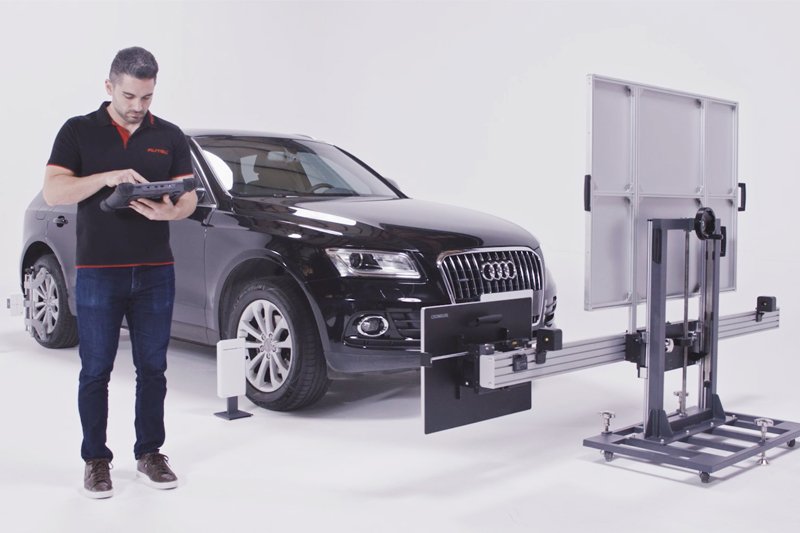15 Best Door Lock Repair Bloggers You Should Follow

Comprehensive Guide to Car Door Lock Repair: Troubleshooting and Solutions
The stability and performance of a vehicle's door locks are essential for both the security of the car and the safety of its residents. Car door locks can experience a variety of issues, varying from small mechanical glitches to complete failures. This article looks for to offer a useful introduction of car door lock repair, detailing typical problems, diagnostic treatments, and solutions.
Understanding Car Door Locks
Before delving into repair treatments, it is essential to understand the elements of a typical car door lock. There are 2 main types of locks: mechanical and electronic.
Components of a Car Door Lock System
- Lock Cylinder: The part where the key is placed.
- Latches: Mechanisms that hold the door shut.
- Actuator: Electric motor in electronic locks that assists in locking and opening.
- Linkage: Connects the lock cylinder to the lock.
- Remote Key Fob: In electronic systems, this is used to lock and unlock the doors from a range.
Common Issues with Car Door Locks
Car door locks can fail for a plethora of reasons. Here are some typical issues experienced by vehicle owners:
- Sticking or Frozen Locks: Especially in winter, locks can become tough to run.
- Lock Not Engaging or Disengaging: Both mechanical and electronic locks can deal with concerns where they do not react to the key or remote.
- Key Jams: The key might get stuck in the lock, making it difficult to lock or unlock the door.
- Remote Malfunction: In electronic systems, the key fob might not work due to battery problems or programming issues.
- Physical Damage: Vandalism or accidents can damage the lock mechanism.
Troubleshooting Car Door Lock Issues
When a car door lock is not working correctly, it is necessary to diagnose the issue precisely before continuing with a repair. Below are steps that can assist repair the problem:
Step-by-Step Troubleshooting
Visual Inspection:
- Check the door lock and surrounding parts for noticeable damage.
- Take a look at the key for wear and tear.
Check the Key:
- If the lock is sticking or not engaging, try using a spare key if available.
- Guarantee the key is clean from dirt and particles.
Inspect the Actuator:
- Listen for any sounds when pressing the key fob. A clicking sound may show a malfunctioning actuator.
Examine Door Wiring:
- Check the electrical wiring that connects the door lock to the vehicle's electrical system.
- Search for disconnected or frayed wires.
Temperature level Influence:
- If the lock is sticking in winter, use lithium grease to assist oil the system.
Fixing Common Door Lock Issues
Once the problem has actually been identified, the repair can commence. Here are some common repair methods for numerous problems:
Fixing a Sticking or Frozen Lock
- Cleaning: Use a graphite lube or silicone spray to clean and lubricate the mechanism.
- Heating: If frozen, utilize a hairdryer to warm the area around the locking mechanism thoroughly, avoiding getting too hot.
Repairing a Lock Not Engaging/Disengaging
Lock Cylinder Replacement:
- If the lock cylinder is used, think about changing it. This typically includes spying off the door panel to access the lock system.
Actuator Replacement:
- For electronic locks, if the actuator is faulty, it will require replacement. Ensure to detach the battery before trying this repair.
Repairing a Jammed Key
- Extraction Tool: If a key is stuck, use a set of needle-nose pliers to carefully pull it out, or a key extractor.
- Lock Lubrication: Apply a small amount of lubricant to relieve the procedure.
Remote Key Fob Malfunction
- Battery Replacement: Most remotes have replaceable batteries. Follow automotive key replacement to replace the battery.
- Reprogramming: Sometimes, the remote requirements to be reprogrammed. Describe the vehicle's handbook for actions to reprogram the key fob.
Physical Damage Repairs
- Door Lock Assembly Replacement: If the lock is physically harmed, complete replacement of the lock assembly may be essential.
- Expert Help: If unsure about DIY repairs, look for assistance from a certified mechanic.
Maintenance Tips for Car Door Locks
To extend the life of car door locks, routine maintenance is vital. The following practices can assist preserve ideal performance:
- Regular Lubrication: Apply proper lubricant to the locks every few months.
- Keep Keys Clean: Regularly tidy the car keys to avoid dirt accumulation.
- Prevent Excessive Force: Do not utilize excessive force when locking or unlocking; this can cause damage with time.
- Look for Signs of Wear: Be mindful to any modifications in the lock's efficiency and address issues promptly.
FAQs about Car Door Lock Repair
Q: How can I inform if my door lock is broken?A: Common
indications include the lock not engaging or disengaging, a jammed key, sounds from the door when using the key fob, or visible damage to the lock assembly.
Q: Can I repair a car door lock myself?A: Yes, numerous simple problems can be addressed by following the fixing steps in this short article, but complicated concerns may need professional help. Q: What kind of lubricant ought to I utilize
for my locks?A: It is best to use graphite powder or silicone-based lubricants because oil can attract dirt and gunk. Q: How much does it typically cost to replace a car door lock?A: The cost can vary commonly
based on the vehicle's make and model, however common replacement costs
can range from ₤ 100 to ₤ 300, consisting of labor. Car door lock repair can seem difficult, but understanding the components and typical issues can make the process a lot more workable. Whether taking on little repairs yourself or looking for professional support for more significant issues, keeping the door locks working effectively is necessary for vehicle security and safety. Routine upkeep and timely attention to problems can significantly extend the life of your car's locking system.

